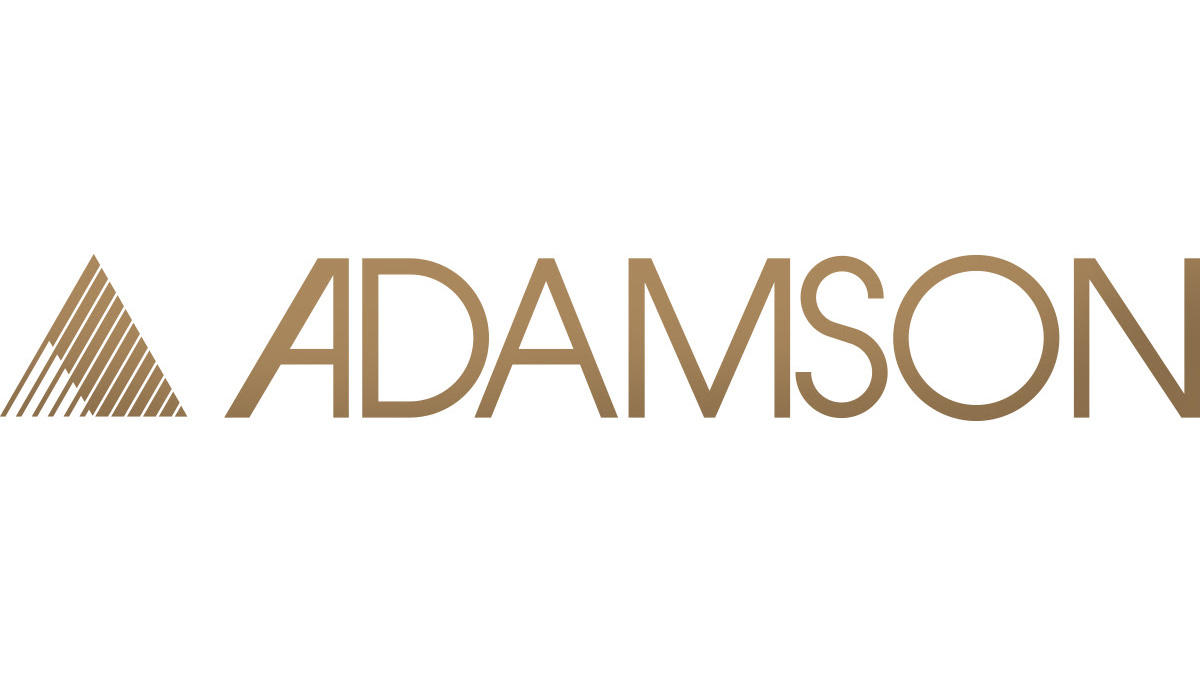
Adamson recently released FletcherMachine Version 2. Including both software and firmware updates to Adamson's object-based immersive mixing solution, more than 10 enhanced or new features further enhance the capabilities and workflow of the FletcherMachine system.
The FletcherMachine system is available in three versions. FletcherMachine Virtual is a free, stand-alone application for Windows and MacOS that allows users to design immersive environments on-the-go with headphones, while gaining hands-on experience that will translate seamlessly to the full version. FletcherMachine Stage is a 3U rack mountable hardware unit, offering up to 128x128 in—and outputs at 96kHz sample rate and just 1.3 milliseconds latency. A 5-inch color touchscreen allows quick access to critical functions such as system monitoring and I/O routing. FletcherMachine Traveler brings the functionality of the Stage engine to a more portable format, offering a maximum of 96 channels with variable in- and output counts. Pulling everything together is the FletcherMachine Remote, a portable application for Windows and MacOS, offering a highly user-friendly interface and bringing the power of FletcherMachine to your fingertips.
[Installation Spotlight: 5 Things to Know about the College of Southern Nevada]
Further features to know include:
- Improved speaker management allows for both 2D and 3D setups in the same session.
- New connectivity tools include dedicated DiGiCo and AVID plug-ins, and on-board ADM-OSC allows for easy interoperability with other mixing desks and audio workstations.
- A new binaural renderer can be freely assigned to any output channel. AVB+MADI versions also offer a dedicated headphone output.
- New housings for both Traveler and Stage Engines.
- Select from up to three high-quality reverb engines (hardware dependent).
- Hardware redundancy available for Stage engines.
- All-new delay matrix allows for easy routing of any input to any output with user assignable gain and delay.
- Improved snapshot section for more accurate show control.
- More efficient external protocol handling (MIDI, OSC, PSN, rttrpm) for improved integration of tracking systems and other third-party applications.
- Expanded object grouping and linking for simplified mix automation.
- Time code, stereo pairing function, variable I/O, and many more.







